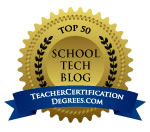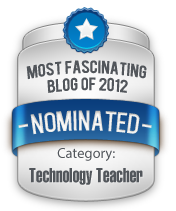|
Throughout Term 1 2024, the VexIQ Kāhui Ako Robotics programme, witnessed enthusiastic participation from students across three schools from Waimairi-Iri: Breens Intermediate, Wairarapa Cobham Intermediate, and Christ The King. As a GCSN funded project in collaboration with the Library Learn Team, kura had access to a trained facilitator and robotics kits for the duration of the term.
Engaged Students, Inspired Minds
The VexIQ Robotics programme captured the imaginations of students. Their passion for engineering, coding, and problem-solving was palpable as they delved into weekly challenges. Whether designing intricate mechanisms or fine-tuning their programming skills, these budding engineers embraced the opportunity to learn and create.
The Kāhui Ako Challenge
As the term unfolded, anticipation grew for the grand finale—the Kāhui Ako challenge. Bringing together students from all three schools, this friendly competition showcased their collective talent and teamwork. Here’s how it unfolded:
- Overall Combined Score: Christ The King emerged as the overall winner, demonstrating exceptional collaboration and strategic thinking. Their robot navigated the challenge course, Rise Above but more importantly, the team collaborated well with their partner teams.
- Engineering Excellence: Wairarapa Cobham Intermediate stood out in the engineering category. Their robot design was innovative, efficient, and elegantly executed. Judges praised their attention to detail and creative problem-solving.
- Skills Challenge: Breens Intermediate showcased their prowess in the skills challenge. Their drivers manoeuvred the robot with precision, scoring points and impressing everyone present. Their dedication to practise paid off.
Acknowledgments
A huge thank you to the GCSN, without their support, none of this would have been possible. Additionally, we appreciate the Library Learning Team for making VexIQ kits available to schools. These kits served as the building blocks of creativity, sparking curiosity and igniting a passion for robotics.
Looking Ahead
If you are part of a Canterbury Kāhui Ako and would like to have your schools involved, please do get in touch with wilj@wdekkers.nz or via the GCSN website. Each term, the programme will be offered to Kāhui Ako to inspire and support ākonga and kura on their STEM journeys.
Stay tuned for more updates as our young engineers continue to explore, create, and inspire!
|














.png?width=1200&upscale=true&name=Untitled%20design%20(8).png)

.png?width=1200&upscale=true&name=Untitled%20design%20(6).png)

.png?width=1200&upscale=true&name=Untitled%20design%20(7).png)














.png?cb=672045)





_1.png?cb=79927)








 12 Unique Blogs Are Written By Professors
12 Unique Blogs Are Written By Professors